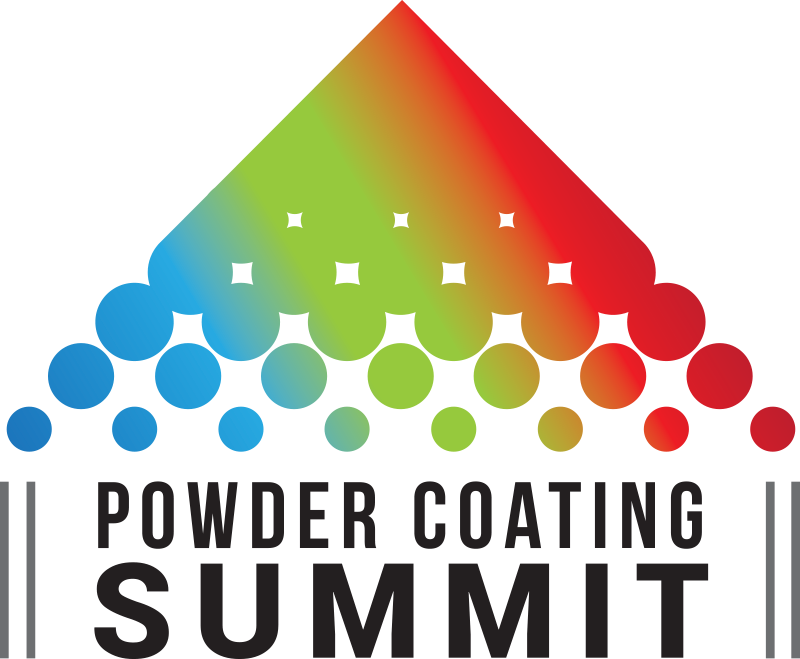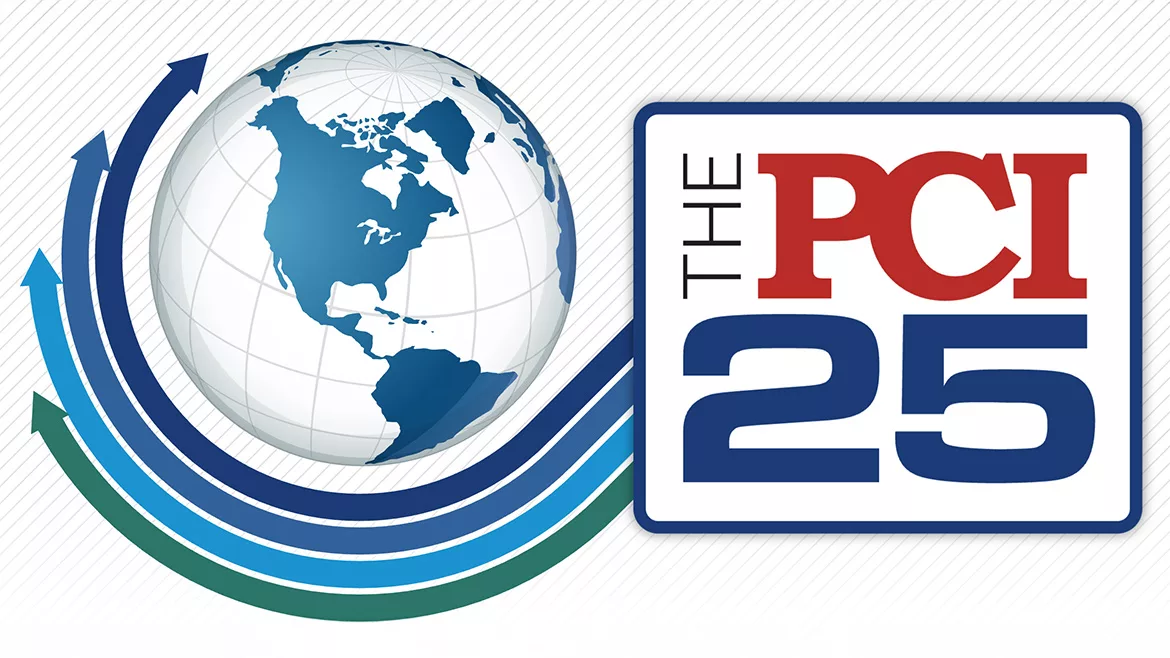Stockwatch - January 2007

Wall Street continued on the upswing this month after a robust October for the trading session ending November 30, 2006. Markets had their worst day in four months just ahead of our close as investors worried about holiday retail numbers and a softening dollar. “There is now significant concern that the holiday retail season is going to underperform,” said Gregory Miller, chief economist at SunTrust Banks. “Traffic doesn’t necessarily translate into profits,” he said, commenting on post-Thanksgiving shopping.
Consumer confidence fell, but news that the economy expanded at a 2.2 percent annual rate in the third quarter as measured by the Gross Domestic Product was unexpected. Said Lynn Franco, director of The Conference Board Consumer Research Center, producer of the consumer confidence numbers, “A tighter labor market and a more guarded short-term outlook have combined to curb consumers’ confidence in November,” but added that despite the drop off, “the overall level of confidence remains favorable and continues to suggest that the economy will expand throughout the first half of next year.”
The Paint & Coatings Industry Manufacturer’s Stock Index rose this session, adding 85.30 points, or 7.93 percent, to end at 1161.23. Of the 10 stocks tracked in the Manufacturers’ Index, advancing issues bested declining issues by an 8-to-2 count.
BASF jumped a healthy 12.51 points even though the company reported a 24 percent drop off in its third quarter profit, and BASF said it will cut 2,000 jobs worldwide. Demand is up, the company said, but so are raw materials costs. BASF said costs are pressured upward because of volatile geopolitics. BASF also reported that it is raising its price for ethyleneamines by $130 per ton because of increases in raw materials, energy and logistics costs. BASF added 15.62 percent and closed at 92.61. BASF was the top dollar and percentage gainer this session.
Shares of Akzo Nobel faltered after AKZOY unit Organon and drug maker Pfizer ended their joint venture to develop asenapine, a new drug entry with the potential to treat schizophrenia and the mania associated with bipolar disorder. Asenapine was to be the first drug for Organon’s BioSciences pharmaceutical unit. Akzo said it will continue to develop the drug and that it still plans an initial public offering (IPO) for the division. Asenapine’s final tests are expected in May 2007. Akzo Nobel lost 4.29 points, or 6.98 percent and closed at 57.20. Akzo was the top dollar and percentage loser.
Sherwin-Williams got a boost after the company reported strong third quarter results that blew past analysts’ expectations. For its quarter ending September 30, SHW reported net earnings of $179.1 million, or $1.30 per share, compared to earnings of $151.6 million, of $1.07 in the same quarter last year. Sales were up 7 percent to $2.1 billion. Analysts polled by Thompson Financial expected the company to earn $1.27 per share on sales of $2.1 billion. “We are also pleased with the Paint Store Group’s increased productivity that has helped increase profitability while absorbing costs associated with opening 69 net new stores during the first nine months of the year,” said Sherwin-Williams CEO Christopher Connor. Sherwin-Williams increased 6.77 points, or 12.14 percent and closed at 62.55.
Looking for a reprint of this article?
From high-res PDFs to custom plaques, order your copy today!




